World Artists and their Story, 10 - Geert Mul
World Artists and their Story, 10 – Geert Mul
In the Rotterdam Fenixloods I saw a while ago Shan Shui, an eight meter long video painting, made by Geert Mul. Shan means mountain, shui means water. A series of classical Chinese mountain-water paintings was passing by. The work is interactive, if you approach it the ongoing series stops and new combinations come up.
I went to visit Geert Mul in his studio and saw his most recent work. It was combined light / photo work with perpetual motion. In the foreground to the right in the center is a tree in a large field. In the distance you can see other trees. Clouds slide along. Slowly the tree turns from red to blue and the cloud formations from blue to red. Geert Mul: ‘It is intended to be eight by three meters. It’s for a hospital in Twente. The landscape in the picture is made up of photographs I made in the Twente countryside. I wanted a work that shows the mental status of visitors to the hospital space. This installation draws people into the artwork and brings about a pleasant amazement.’
Image compositions
Geert Mul makes compositions of photographic images. Mul: ‘Images in themselves are meaningless. Only when a composition is brought to life, something like an emotion can arise.’ Already in high school Mul was busy with music and images. ‘When I finished high school I doubted between the music conservatory and the art academy. I chose the latter but was there with my own computer, the Academy didn’t have one. It was the mid-eighties, there wasn’t that much possible, but after some time the computer was able to do something with pictures. And later videos. If only you had enough patience, you could make a small composition. I was fascinated.
When the computer became more powerful, my possibilities grew. My work developed with that of the computer, in the same pace. In 1993, I had already graduated some time, Internet arrived. By that I had access to images on the web.’
Over the years the combinations grew more complex. Through an interface interaction with the viewer became possible. The viewer was capable – as with the afore mentioned Shan Shui – to respond to the work, with the effect that the artwork changed. Mul: ‘My position vis a vis the artwork shifted as well. For years the focus was on technology and software. Part of my current projects still has that center of gravity. But I’m also into projects in the public space where I try to get loose from the computer and relate myself to the theme of the database. That ultimately is the central theme in my work: the moment when meaning or content arises and the substantive role the medium plays in it, especially the database. I’m a visual artist who comes to a new content from different images. In such projects for the public space and in my interactive installations, my role is most similar to that of a director.’
The Library of Babel
Mul points out two key works. The first is The Library of Babel, an installation from 2005. It is based on a story by Jorge Luis Borges, first published in 1941. ‘I read the story when I was eighteen. It made a huge impression on me. The Library of Babel is infinite, as big as the universe. People are living in. Generations grow in the library. All possible stories of the world are in this library, because all the possible combinations of the alphabet exist in an infinite library. But how do we know which books are true and which are not? In 1941 he already outlined a world similar to that of 2015, a world where all information is available. The problem is not: where to find information? The problem is how we can filter the ubiquitous information correctly. ‘
The interactive installation The Library of Babel contains a database with 100.000 collected computer images. Visitors of the artwork order and reorder the images into coherent visual image streams. Mul: ‘I turn it around. With the computer I make – with the cooperation of the visitors – an image correlation. Only then I wonder about the possible substantive consequences of these correlations. In this way, there is a certain degree of distance between myself and the meaning of the images.’
W4
The second key work is W4 (Who, What, When, Where) made for the Dutch Photo Museum. The Photo Museum asked him to make the database of the museum accessible. Also this time he had to deal with many images, but this time more specifically: the digital collection of the Dutch Photo Museum with 100.000 photos. ‘A collection of a museum normally consists of objects that you can arrange in a space, that is called an exhibition. But what if the collection is a database? What exhibition model will you choose? You can give the visitors tools at hand where they get the opportunity to choose their own path. If forced me to think about how the database is related to collection, archive and library.
Each of these four models has a different retrieval system or exhibition model. But only in the database exists the possiblity to draw lines across all files and to make relationships visible. Actually this is the underlying methodology of what we call Big Data. That is a major reversal in thinking about information. The conventional scientific method, in which you investigate possible causality on the basis of a hypothesis, is abandoned. In dealing with large amounts of information too many hypotheses are possible. It takes more than a lifetime to investigate that. The alternative is to look at correlations, then some links come to light that could never have come up from the library or archive. The relationships which came visible this way can be examined for possible substantive consequences. I call this “deferred meaning”.’
The nice thing is that precisely this type of associative linking is very old, especially in the visual arts. Mul: ‘In this field this has been done for centuries, adding things intuitively together and then speculate about potential significance. It delivers not only new images, but also a form of knowledge.’
The poetic concept
Geert Mul attended the Academy of Free Arts in Arnhem, now called ArtEZ, from 1985 tot 1990. ‘I chose this Academy because it was not bound to disciplines, I chose the autonomous art direction. Regarding artistic life he quotes John Lennon: ‘Life is what happens to you, while you’re making other plans.’ The assigments Mul receives, are always open ended. There is always room for improvisation. Mul tries to formalize the artwork in relation to the context. Context may include architecture, but also invisible social and historical aspects. In the end context consists of all the aspects that determine the identity of a location.
Asked about his philosophy Mul says finally: ‘What fascinates me is the poetic concept. Poetry, including image, assumes a game with formal grammatical rules such as rhyme and rhythm and composition. Out of that game arise new meaning. This is the great miracle: that formal (visual) language constructs generate subjective and informal content. Making this transparent is for me the essence of the poetic concept. Poetry is creative because it generates new forms of perception. Poetry creates the world as we know it from our experience. My work seems to be about technique, but it is about meaning. It’s about the turning point in which you come from nothing into something meaningful. Eventually you ‘ll end in creation myths. Different religions have different stories how the people and the world emerged. That’s not just a report, but an act. This, poetry and prose, let the world start to exist, at that very moment. ‘
http://geertmul.nl/projects/shan-shui/
http://geertmul.nl/projects/the-library-of-babel/
http://geertmul.nl/projects/w4-who-what-when-where/
http://ifthenisnow.eu/nl/verhalen/de-wereld-van-de-rotterdamse-kunstenaar-5-geert-mul
Disclaimer: The views, opinions and positions expressed within this guest article are those of the author Walter van Teeffelen alone and do not represent those of the Marbella Marbella website. The accuracy, completeness and validity of any statements made within this article are not guaranteed. We accept no liability for any errors, omissions or representations. The copyright of this content belongs to Walter van Teeffelen and any liability with regards to infringement of intellectual property rights remains with the author.

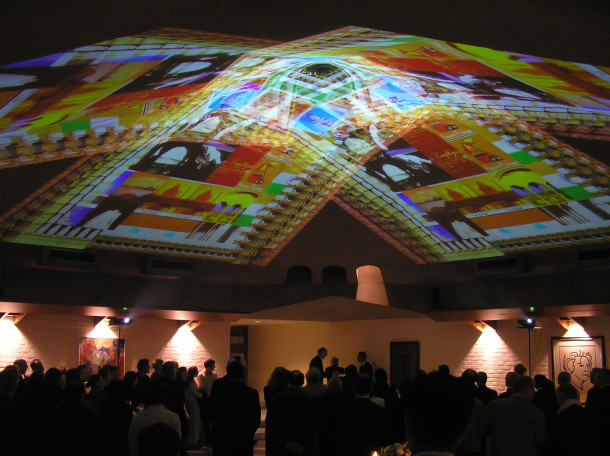
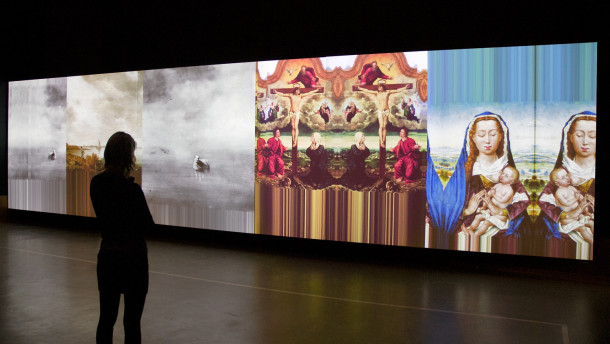

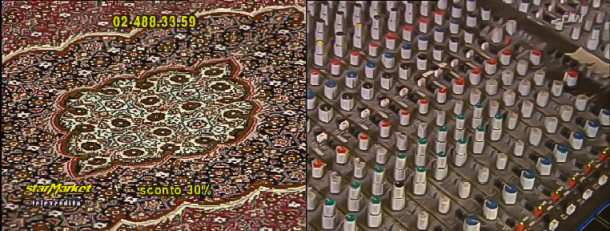

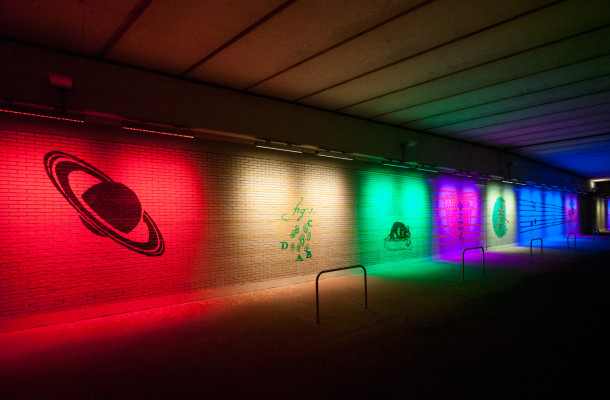
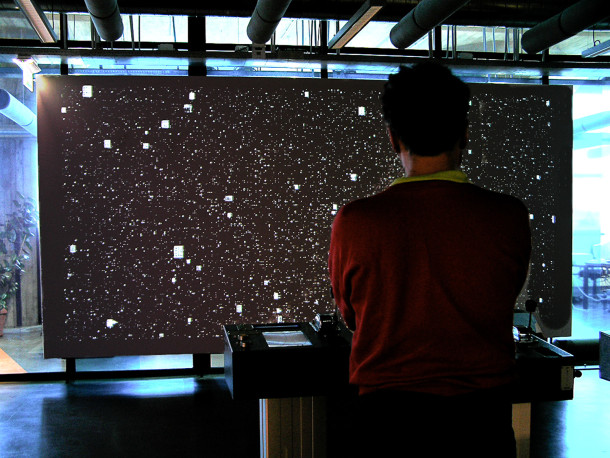














The opinions expressed by individual commentators and contributors do not necessarily constitute this website's position on the particular topic.